INTRODUCTION TO VASTU SHASTRA | An Architect Explains
Vastu Shastra literally translated means the ‘Science of Buildings’ since ‘Shastra’ means a ‘Science’ and ‘Vastu’ means ‘all places of dwelling’ and ‘Vaastu’ means the actual physical manifestation of the dwelling. Both terms ‘Vastu’ and ‘Vaastu’ are from the root ‘Vas’ which means ‘to dwell, live, stay, abide’ (cognate with the English past tense was). So Vastu Shastra basically means Architecture (Art & Science of buildings). There are four categories of Vaastu-
BHOOMI – The earth/site, the principal dwelling place on which everything else rests.
PRASADA – Structures on the earth.
YAANA – Movable objects like Vehicles
SAYANA – Furniture

As these categories suggest, the principles of Vaastu Shastra extend from the macro level to the micro level – site selection, site planning and orientation, zoning and disposition of rooms, proportional relationships between the various parts of buildings, the character of buildings and the interior arrangement of furniture.
What is Vastu Shastra?
Are Vastu Shastra and Feng Shui similar?
Is Vastu Shastra a science or a superstition?
An Architect’s personal experience?
WHAT IS VASTU SHASTRA?
Vastu Shastra is an ancient Indian Vedic Building Science which lays down guidelines on the construction of buildings, so that they are in harmony with the natural environment by managing the flow of cosmic energy (prana) through and around them, which in turn promotes the well-being, peace and prosperity of the inhabitants.
According to Vastu Shastra, when buildings and forms are in tune with the underlying cosmic principles, they become a part of the basic structure of the universe and vibrate in harmony with it. These positive vibrations are believed to have a positive effect on the inhabitants.
Vastu Shastra takes advantage of and manipulates the natural resources like sun, wind, air etc. and the topography of the site, the surrounding roads, trees, water sources, structures etc. to channel positive energy and prevent imbalance in the building and thus bring about harmony between man, nature and his built environment.
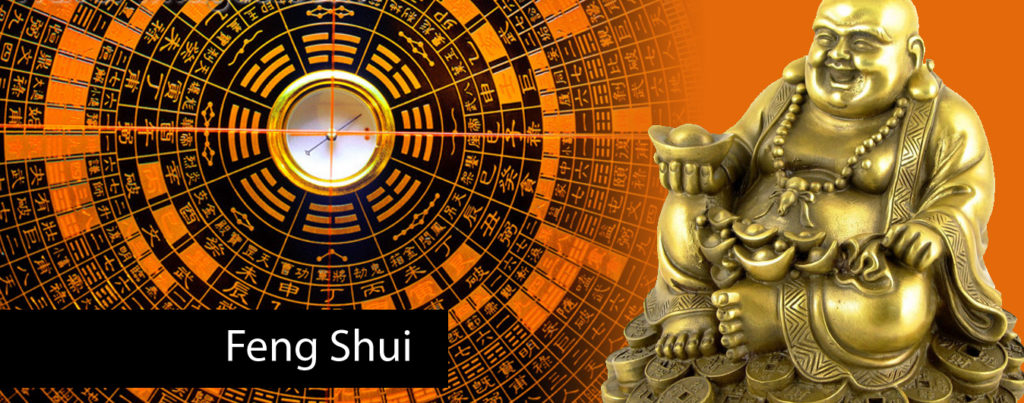
ARE VASTU SHASTRA AND FENG SHUI SIMILAR?
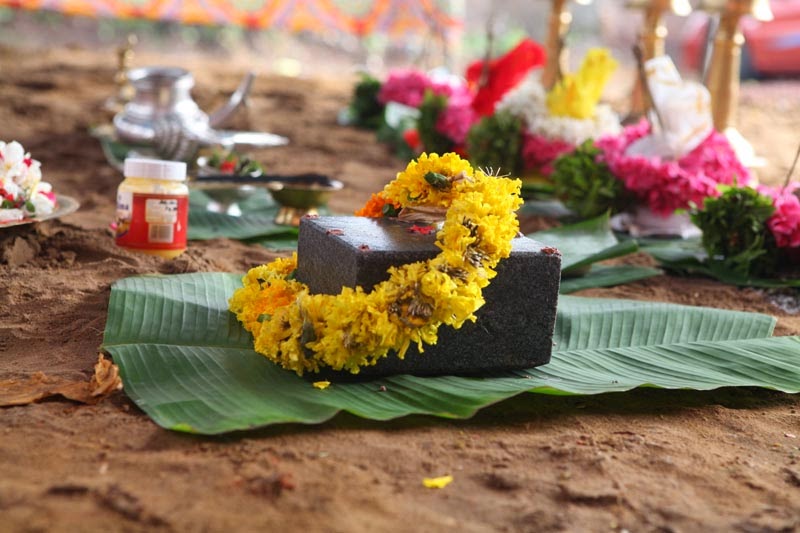
IS VASTU SHASTRA A SCIENCE OR SUPERSTITION?
Vastu Shastra as the name suggests is a ‘Shastra’ or a rational Science based on observations, facts, laws of nature and governed by a set of principles. It was formulated by our ancestors nearly 4000 years ago and has evolved over centuries and generations. The very fact that it has survived the test of time and has shown itself to be practicable, indicates that it is a Science and not a Superstition.

Even today most people insist that we, Architects, follow the basic Vastu principles when designing their house, as they fear that there could be adverse effects if not followed. This is because there are people to exploit the common man’s fears and superstitions – the self proclaimed Vastu Consultants. They charge exorbitant fees by exploiting the ignorance and beliefs of the people. Not all, but most of them give solutions by blindly following the standard thumb rules of Vastu Shastra, without realising that the socio-economic conditions have changed in cities today from those of earlier times and without considering the fact that each site is unique by virtue of the surrounding structures, trees, water sources, orientation, topography etc., and hence should be planned accordingly.
If you found this post useful, all it takes is a simple click on the “pin it” “like,” “share,” “tweet,” or Google+ buttons below the post.
Related Topics:
- Vastu Shastra | Explained By An Architect
- Vastu Shastra | Principles For A House
- Vastu Shastra | Factors That Impact A House
- Vastu Guidelines | Designing A House
- Vastu Guidelines | Interiors Of A House
- Vastu Guidelines | Exteriors Of A House
- Vastu Guidelines | Selecting The Right Site
- Vastu Guidelines | Construction Of A House
- Vastu Guidelines | Rituals For A House
- Vastu Guidelines | Non-Residential Buildings
- Remedies For Vastu Defects

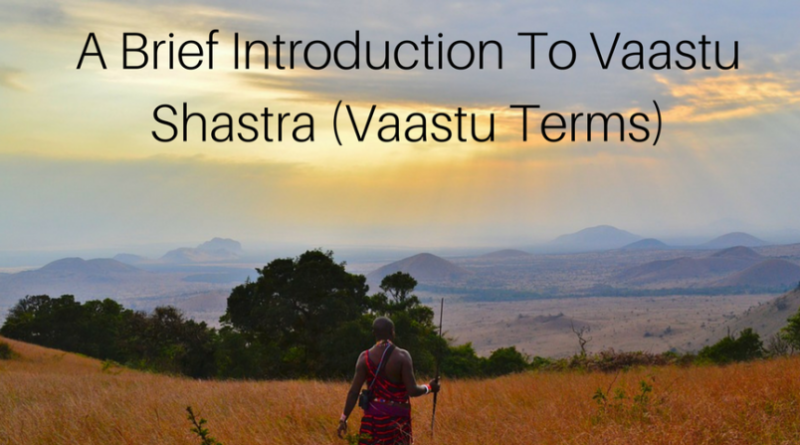
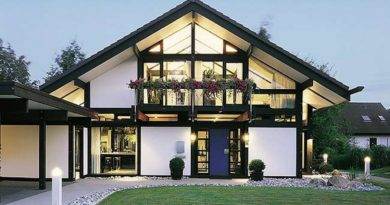

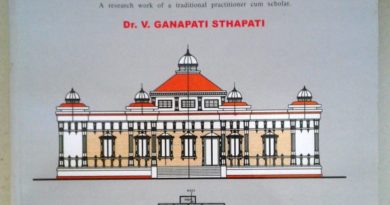
thanks for this info…… really it was amazing
Hi,
Thank you for the acknowledgement.
Admin
It’s really very helpful and specially the way you have related vastu with scientific reason. Sir I always have one doubt in my mind ,it will be great if you can clearify it .Sir actual wind direction is from South west to North East,then why we see NW as the vayu stan.Please clearify me on this.Thank you.
It’s really very helpful and specially the you have related basti with scientific reason. Sir I always have one doubt in my mind ,it will be great if you can clearify it .Sir actual wind direction is from South west to North East,then why we see NW as the vayu stan.Please clearify me on this.Thank you.
Dear Indian colleague architect,,, thanks for your all efforts,, me too having same thougth about vastu as you have….I am now in Malaysia teaching architecture in a Institute …just looking soem materials about vastu to refer our Indian old building science to my local and African students ….
I am going to compare with Green building idea in 21st centruary, vastu idea 5000 year old….( as you showed Indian high raised temple and current towers style….
for us all technics is old…..out side India.
today is is my first day in your site…
will get back to you..
thanks
take care
Ar UK BHOOBALAN
Thank you for a great info. Please be kind to advice me if the Vastu Shastra differs from Country to Country? I mean Indian Vastru Shastra can be applied in USA??
Thank you.
Dear Mr Mansabdar,
Vastu shastra being an ancient indian science, it’s guidelines are specific to India and even within India, the guidelines vary in the north, south, east or west because the angle of the sunlight, wind direction, monsoons etc vary from place to place. So when applying vastu principles to a house in another country, what you need to do is to understand the essence of vastu first. Briefly I can just say that if the house gets a lot of constant light and morning sunlight throughout the year, then it will have good vastu.
Admin
thanks for the information … its hard to find someone talking about vastu shastra from a scientific point of view
If you ever want to see a reader’s feedback 🙂 , I rate this article for four from five. Decent info, but I have to go to that damn google to find the missed parts. Thanks, anyway!